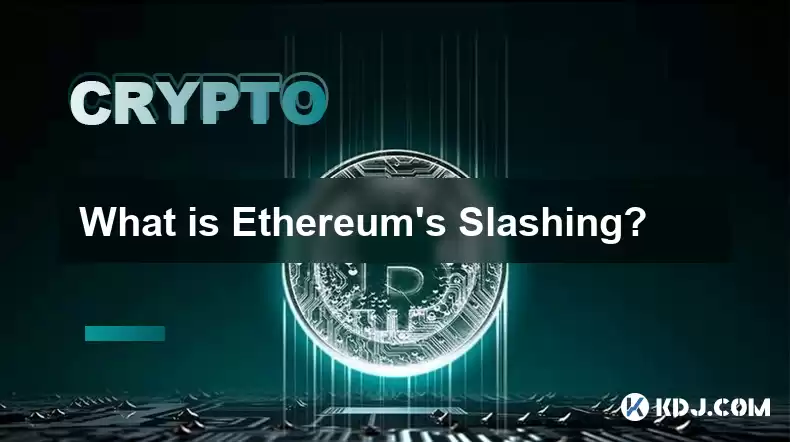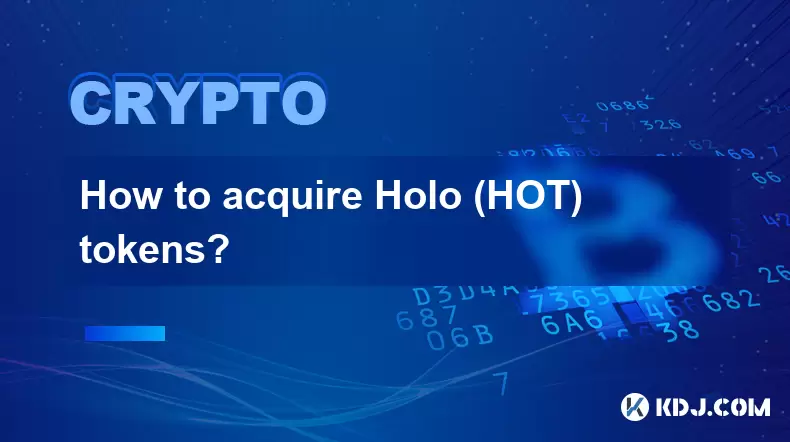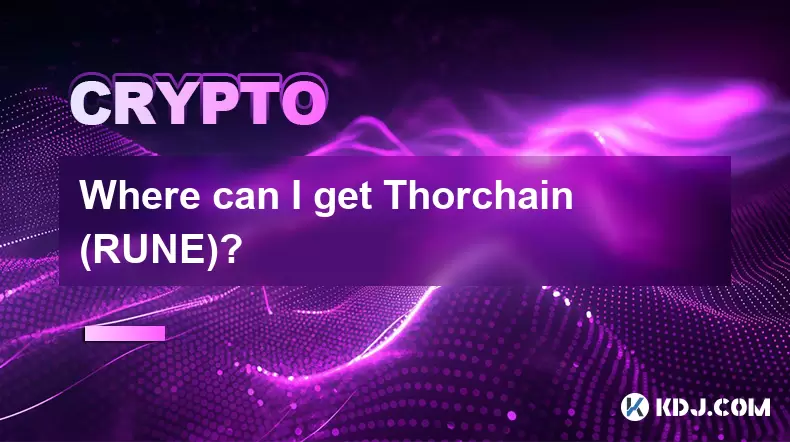-
 Bitcoin
Bitcoin $117500
2.15% -
 Ethereum
Ethereum $3911
6.19% -
 XRP
XRP $3.316
10.79% -
 Tether USDt
Tether USDt $1.000
0.01% -
 BNB
BNB $787.2
2.24% -
 Solana
Solana $175.2
4.15% -
 USDC
USDC $0.9999
0.00% -
 Dogecoin
Dogecoin $0.2225
8.40% -
 TRON
TRON $0.3383
0.28% -
 Cardano
Cardano $0.7868
6.02% -
 Stellar
Stellar $0.4382
9.34% -
 Hyperliquid
Hyperliquid $40.92
7.56% -
 Sui
Sui $3.764
7.63% -
 Chainlink
Chainlink $18.48
10.66% -
 Bitcoin Cash
Bitcoin Cash $582.1
1.88% -
 Hedera
Hedera $0.2601
6.30% -
 Avalanche
Avalanche $23.33
4.94% -
 Ethena USDe
Ethena USDe $1.001
0.02% -
 Litecoin
Litecoin $122.3
2.04% -
 UNUS SED LEO
UNUS SED LEO $8.969
-0.27% -
 Toncoin
Toncoin $3.339
0.86% -
 Shiba Inu
Shiba Inu $0.00001287
4.30% -
 Uniswap
Uniswap $10.43
7.38% -
 Polkadot
Polkadot $3.861
5.08% -
 Dai
Dai $1.000
0.02% -
 Bitget Token
Bitget Token $4.513
3.41% -
 Monero
Monero $267.7
-6.18% -
 Cronos
Cronos $0.1499
4.14% -
 Pepe
Pepe $0.00001110
5.15% -
 Aave
Aave $284.9
8.28%
What is Ethereum's Slashing?
Ethereum's slashing mechanism ensures validators act honestly by penalizing them for malicious behavior such as attesting to invalid blocks or proposing forks, with penalties ranging from partial to full loss of staked ETH.
Feb 17, 2025 at 07:06 pm

Understanding Ethereum's Slashing Mechanism
Ethereum's slashing mechanism is a crucial aspect of its proof-of-stake (PoS) consensus algorithm, designed to maintain network integrity and disincentivize malicious behavior among validators.
Ethereum Slashing: Key Points
- Validators can be slashed for attesting to invalid blocks or proposing forks against the canonical chain.
- Slashing involves a loss of staked ETH, which is destroyed and removed from circulation.
- The severity of slashing penalties depends on the type of offense committed.
Ethereum Slashing in Detail
Ethereum's PoS system relies on validators to propose and attest to new blocks, securing the network through consensus. However, validators must adhere to strict rules to maintain network integrity. If a validator engages in malicious behavior, the network can enforce a slashing penalty.
Invalid Block Attestation
- Validators are tasked with attesting to blocks proposed by other validators.
- If a validator attests to an invalid block (e.g., a block with an incorrect hash or block number), it can be slashed.
- Invalid block attestation indicates the validator's negligence or malicious intent to disrupt the network.
Fork Proposal
- Validators can also be slashed for proposing forks against the canonical chain.
- Forks occur when validators propose alternative versions of the blockchain, potentially leading to a split in the network.
- Proposing a fork demonstrates a validator's active attempt to harm the network's integrity.
Slashing Penalties
- The severity of slashing penalties depends on the offense committed.
- Attesting to an invalid block results in the slashing of a portion of the validator's staked ETH.
- Proposing a fork incurs a much more significant penalty, resulting in the loss of the entire staked ETH.
Ethereum's Anti-Collusion Measures
Ethereum employs several mechanisms to prevent collusion among validators and minimize the risk of slashing:
- Inactivity Leaking: Validators must regularly participate in block proposal and attestation processes. Those who remain inactive face potential slashing.
- Faulty Signatures: validators must sign attestations and proposals with their private key. Incorrect or duplicated signatures raise suspicion and can lead to slashing.
- Distributed Validator Set: Ethereum's validator set is spread geographically and consists of a large number of independent entities, reducing the risk of collusion and malicious activity.
FAQs on Ethereum Slashing
What is the purpose of slashing in Ethereum?
Slashing serves as a security measure to discourage validators from malicious behavior and maintain network integrity.
What happens when a validator is slashed?
A slashed validator loses a portion of its staked ETH, which is destroyed and removed from circulation.
Can a validator be slashed for honest mistakes?
Generally, slashing penalties are reserved for intentional or negligent behavior. However, the network may consider extenuating circumstances if a validator can provide evidence of an honest mistake.
How does Ethereum prevent validator collusion?
Ethereum utilizes inactivity leaking, faulty signatures, and a distributed validator set to minimize the risk of collusion and malicious activity.
What is the impact of slashing on the Ethereum network?
Slashing penalties help to maintain network stability and ensure validators remain accountable for their actions. It contributes to the resilience and security of the Ethereum ecosystem.
Disclaimer:info@kdj.com
The information provided is not trading advice. kdj.com does not assume any responsibility for any investments made based on the information provided in this article. Cryptocurrencies are highly volatile and it is highly recommended that you invest with caution after thorough research!
If you believe that the content used on this website infringes your copyright, please contact us immediately (info@kdj.com) and we will delete it promptly.
- XRP ETF, Bitcoin ETF, and Japan: A New Era for Crypto Investing?
- 2025-08-08 14:30:12
- Crypto, Congress, and Bills: Navigating the Regulatory Landscape in 2025
- 2025-08-08 14:30:12
- Union Jack Oil, Unused Gas, and Bitcoin: A New York Minute on UK's Crypto-Energy Play
- 2025-08-08 14:50:12
- Bitcoin Price: Bullish Flag Points to $123K Breakout?
- 2025-08-08 14:50:12
- Crypto Group's WNBA Dildo Toss: Meme Coin Mania or Just Plain Dumb?
- 2025-08-08 14:55:13
- Stablecoins, Hong Kong, and On-Chain Finance: Navigating the Regulatory Maze
- 2025-08-08 12:30:12
Related knowledge

Where can I buy UMA (UMA)?
Aug 07,2025 at 06:42pm
Understanding UMA and Its Role in Decentralized FinanceUMA (Universal Market Access) is an Ethereum-based decentralized finance (DeFi) protocol design...

Where can I purchase Siacoin (SC)?
Aug 08,2025 at 11:14am
Understanding Siacoin (SC) and Its Role in the Sia NetworkSiacoin (SC) is the native cryptocurrency of the Sia decentralized cloud storage platform, a...

Where can I buy OMG Network (OMG)?
Aug 08,2025 at 12:57pm
Understanding OMG Network (OMG) and Its PurposeThe OMG Network, originally known as OmiseGO, is a layer-2 scaling solution built on the Ethereum block...

What exchanges support buying IOTA (MIOTA)?
Aug 07,2025 at 09:58pm
Understanding the Role of Private Keys in Cryptocurrency SecurityIn the world of cryptocurrency, private keys are the cornerstone of ownership and con...

How to acquire Holo (HOT) tokens?
Aug 08,2025 at 05:56am
Understanding Holo (HOT) and Its EcosystemHolo (HOT) is a cryptocurrency token associated with the Holo ecosystem, which is built on the Holochain fra...

Where can I get Thorchain (RUNE)?
Aug 08,2025 at 08:07am
Understanding the Role of Seed Phrases in Cryptocurrency WalletsA seed phrase, also known as a recovery phrase or mnemonic phrase, is a critical compo...

Where can I buy UMA (UMA)?
Aug 07,2025 at 06:42pm
Understanding UMA and Its Role in Decentralized FinanceUMA (Universal Market Access) is an Ethereum-based decentralized finance (DeFi) protocol design...

Where can I purchase Siacoin (SC)?
Aug 08,2025 at 11:14am
Understanding Siacoin (SC) and Its Role in the Sia NetworkSiacoin (SC) is the native cryptocurrency of the Sia decentralized cloud storage platform, a...

Where can I buy OMG Network (OMG)?
Aug 08,2025 at 12:57pm
Understanding OMG Network (OMG) and Its PurposeThe OMG Network, originally known as OmiseGO, is a layer-2 scaling solution built on the Ethereum block...

What exchanges support buying IOTA (MIOTA)?
Aug 07,2025 at 09:58pm
Understanding the Role of Private Keys in Cryptocurrency SecurityIn the world of cryptocurrency, private keys are the cornerstone of ownership and con...

How to acquire Holo (HOT) tokens?
Aug 08,2025 at 05:56am
Understanding Holo (HOT) and Its EcosystemHolo (HOT) is a cryptocurrency token associated with the Holo ecosystem, which is built on the Holochain fra...

Where can I get Thorchain (RUNE)?
Aug 08,2025 at 08:07am
Understanding the Role of Seed Phrases in Cryptocurrency WalletsA seed phrase, also known as a recovery phrase or mnemonic phrase, is a critical compo...
See all articles

























































































